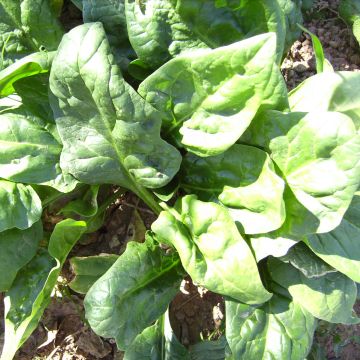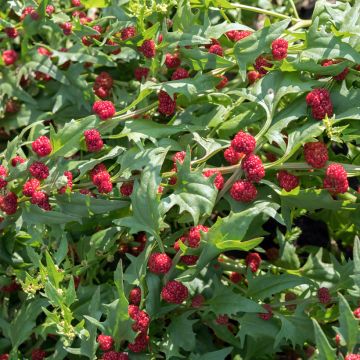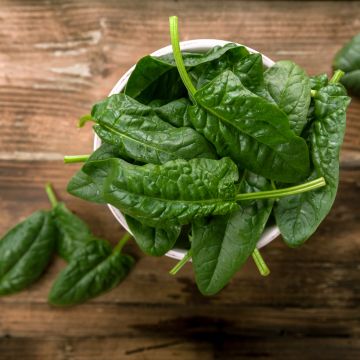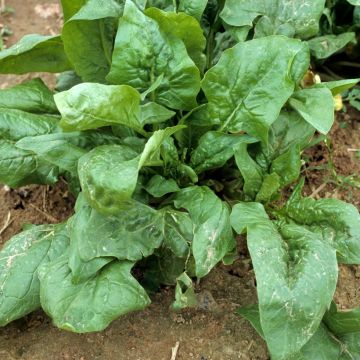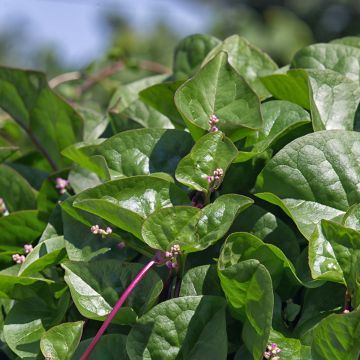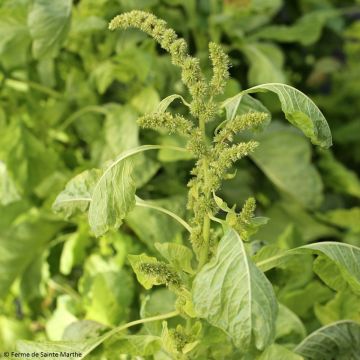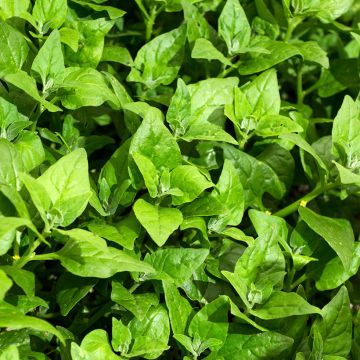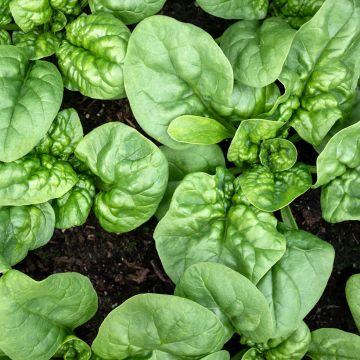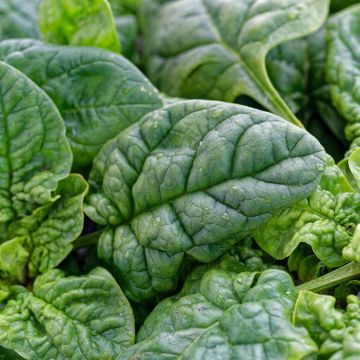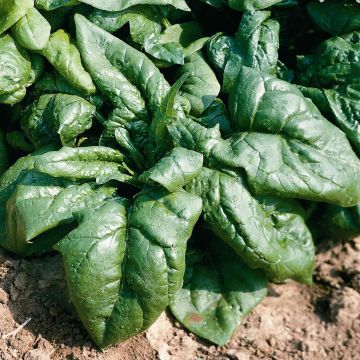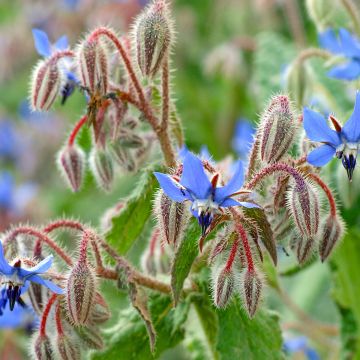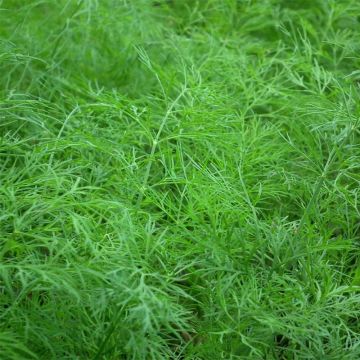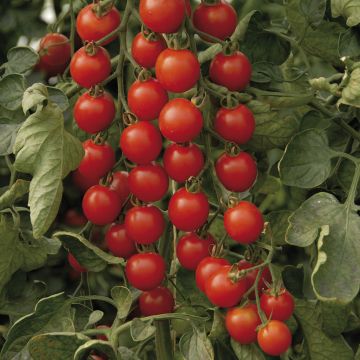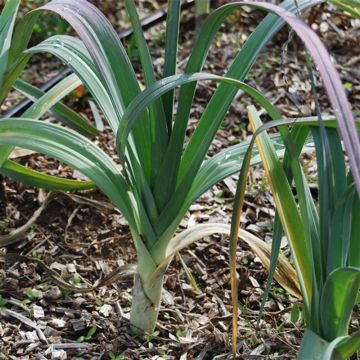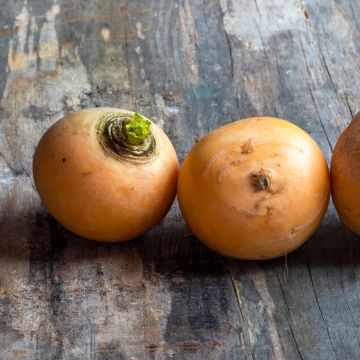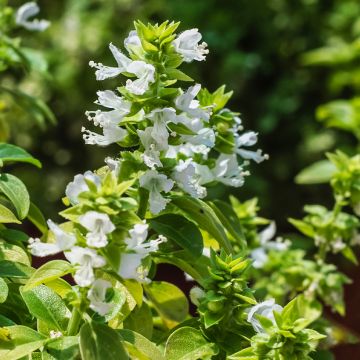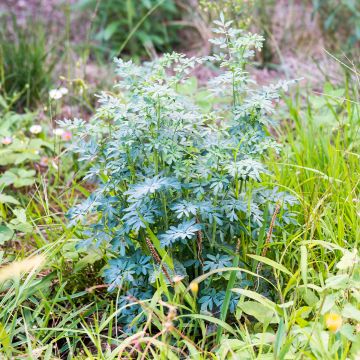

Chenopodium foliosum - Strawberry Spinach
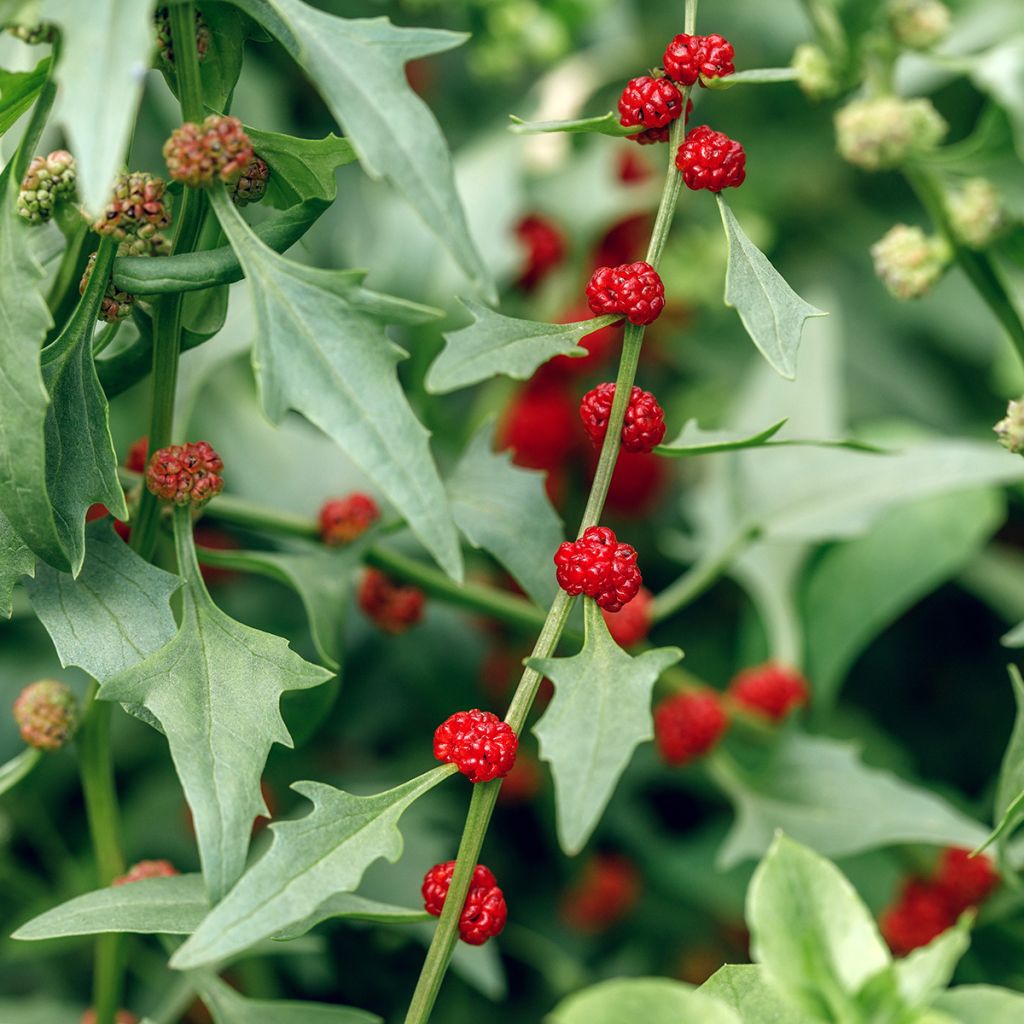

Chenopodium foliosum - Strawberry Spinach
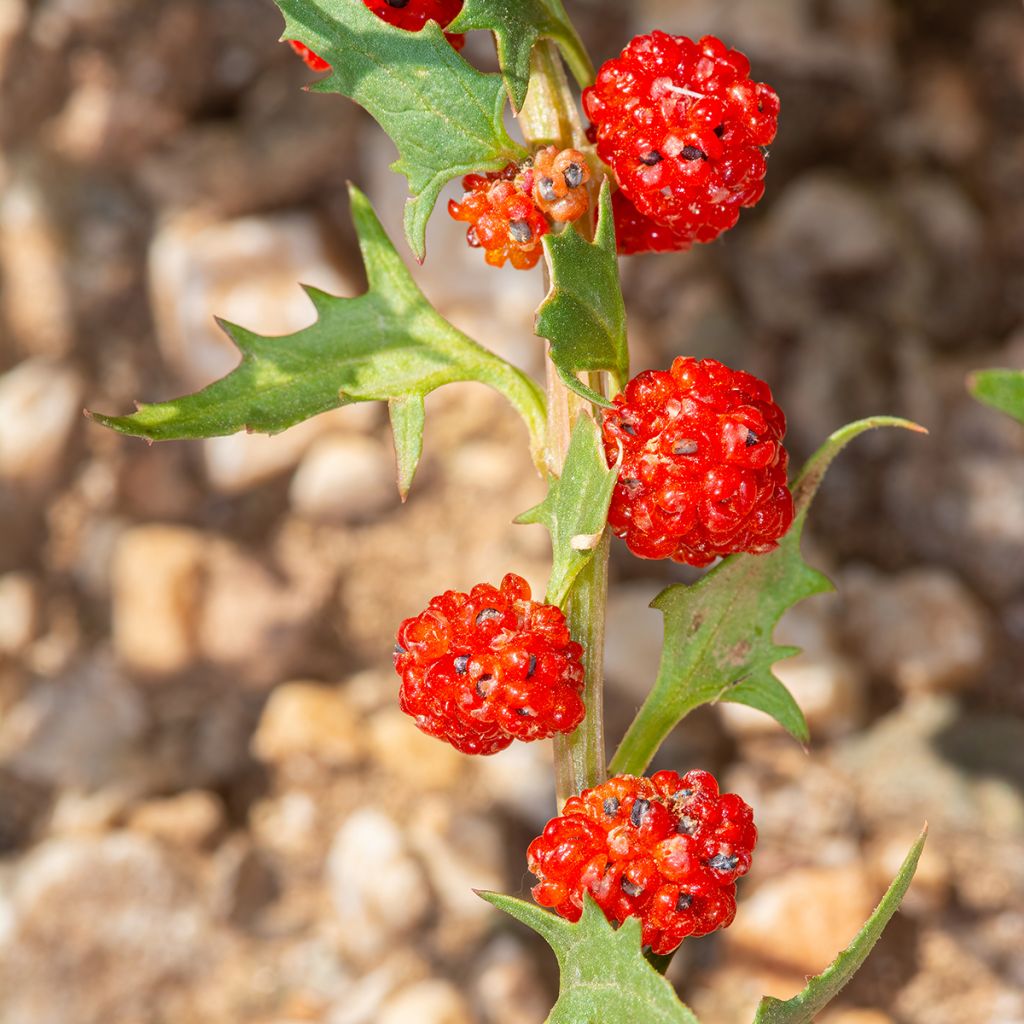

Chenopodium foliosum - Strawberry Spinach
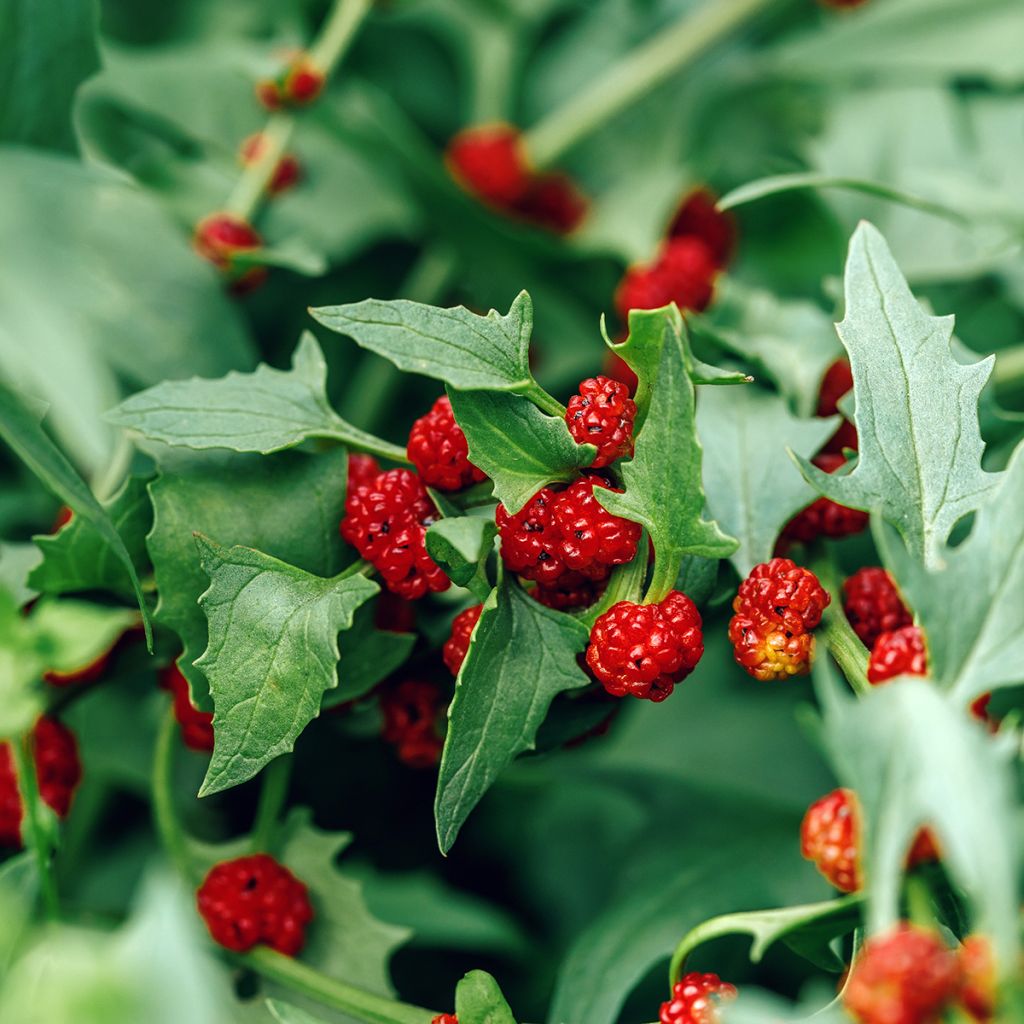

Chenopodium foliosum - Strawberry Spinach
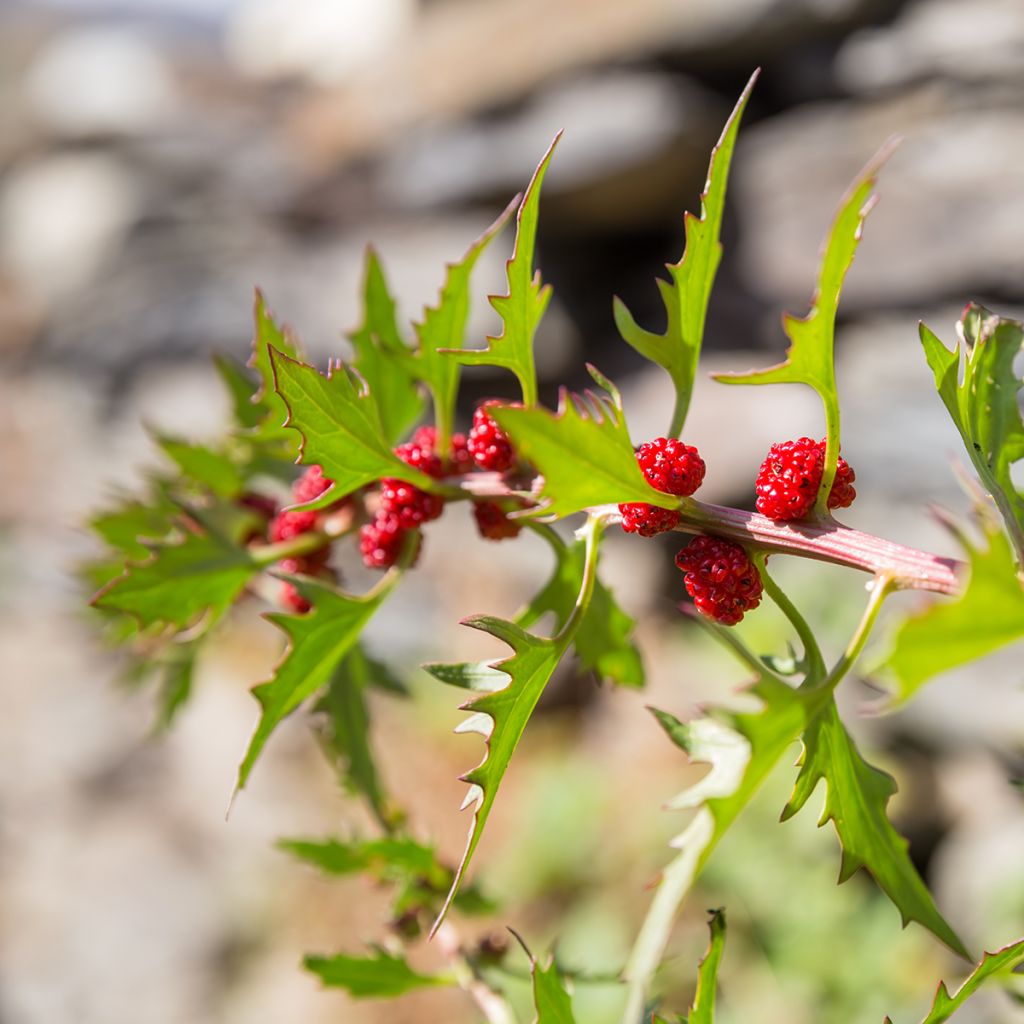

Chenopodium foliosum - Strawberry Spinach
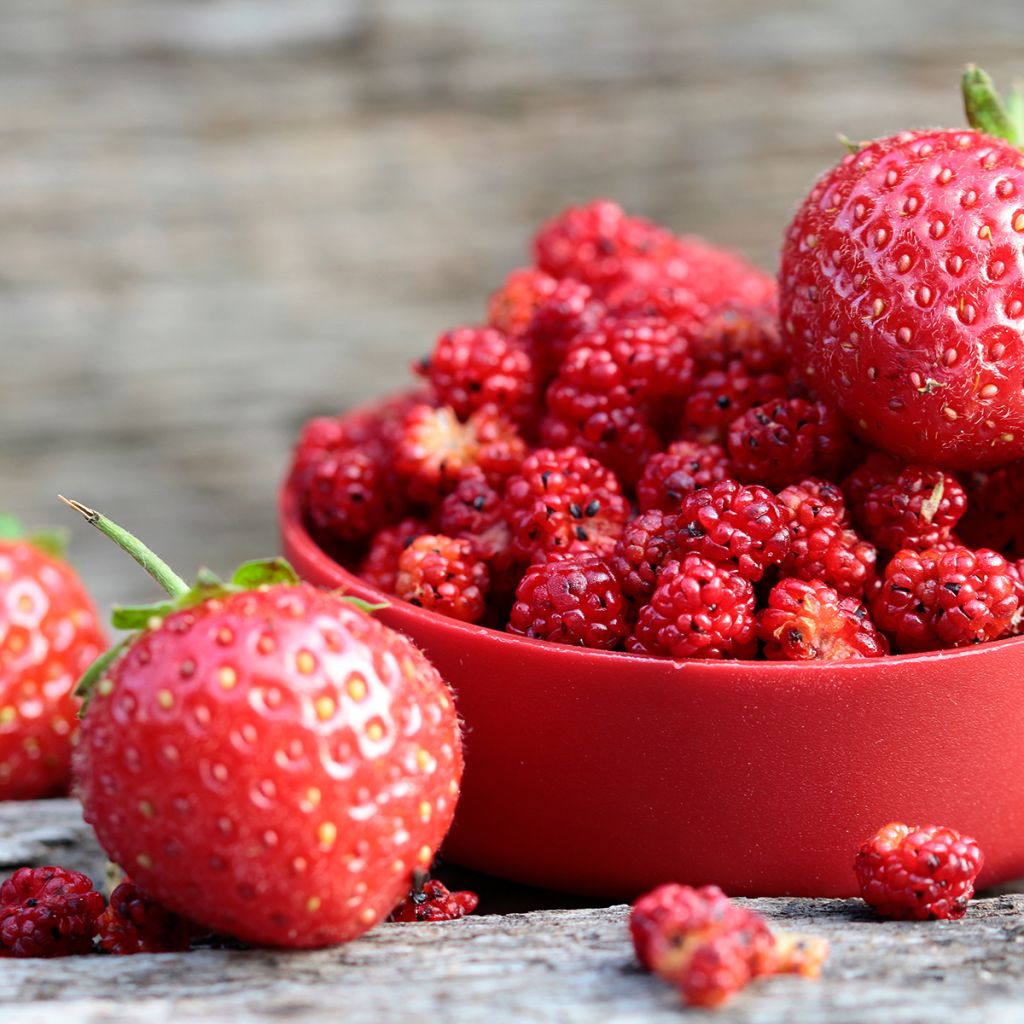

Chenopodium foliosum - Strawberry Spinach
Chenopodium foliosum - Strawberry Spinach
Chenopodium foliosum
Leafy Goosefoot, Strawberry Blite
Special offer!
Receive a €20 voucher for any order over €90 (excluding delivery costs, credit notes, and plastic-free options)!
1- Add your favorite plants to your cart.
2- Once you have reached €90, confirm your order (you can even choose the delivery date!).
3- As soon as your order is shipped, you will receive an email containing your voucher code, valid for 3 months (90 days).
Your voucher is unique and can only be used once, for any order with a minimum value of €20, excluding delivery costs.
Can be combined with other current offers, non-divisible and non-refundable.
Home or relay delivery (depending on size and destination)
Schedule delivery date,
and select date in basket
This plant carries a 6 months recovery warranty
More information
We guarantee the quality of our plants for a full growing cycle, and will replace at our expense any plant that fails to recover under normal climatic and planting conditions.
Description
The Red Strawberry Spinach, or leafy goosefoot, in Latin Chenopodium foliosum or Blitum virgatum, is an original, decorative, and edible annual plant. It has triangular dentate leaves and produces red fruits that resemble raspberries. These are bright red clusters assembled in groups of 3 to 5 in the axils of the leaves. They are harvested from August to October. Its young leaves can be consumed raw or cooked, similar to spinach. The fruits, which are also edible, have a flavour similar to red beets. However, caution should be taken not to consume too large quantities of leaves and fruits, as they contain a high amount of saponin and oxalic acid.
The Red Strawberry Spinach forms a 30 to 60-cm bush in one season. You can sow this unique plant for the first time from March to May to enjoy its leaves and fruits from spring to autumn. Afterwards, the Red Strawberry Spinach will self-seed very spontaneously if you forget some berries on the branches. It is not demanding and can also be grown in pots on the balcony.
It is an original and tasty vegetable herb that can be prepared in a thousand ways: the leaves can be consumed raw in spring salads, in mixed greens, in Japanese fritters, quickly cooked in a wok, or even in a savoury tart with small pieces of goat cheese or salmon. The fruits enhance sweet salads.
The Red Strawberry Spinach is native to Eurasia. It is easy to grow and adapt to all types of soil as long as it is not too dry and is allowed to grow in the sun. It can be cultivated in pots on a balcony or terrace. Spinach appreciates consistent, moist, rich soils, especially nitrogen and potassium.
Harvest: Harvest the young leaves as needed. The same goes for the fruits.
Storage: The leaves do not keep well in the refrigerator as they tend to become soft. It is best to consume them soon after harvest. However, you can freeze them after blanching them for 3 minutes in salted boiling water. As for the fruits, you can let them dry in a dry and ventilated place. They can enhance a fruit salad or release their fragrance in potpourri.
Gardener's tip: The Red Strawberry Spinach thrives among rows of chicory and lettuce, which reciprocate the favour.
Report an error about the product description
Chenopodium foliosum - Strawberry Spinach in pictures


Harvest
Plant habit
Foliage
Botanical data
Chenopodium
foliosum
Amaranthaceae
Leafy Goosefoot, Strawberry Blite
Morocarpus foliosus, Blitum virgatum
West Asia
Annual
Other Spinach seeds
View all →Planting and care
Sowing from March to May, both in open ground and pots.
Strawberry spinach germination occurs at around 16°C. The seedlings usually emerge in 2 to 5 weeks. Sowing is done in open ground (one to two months earlier under a Nantes tunnel for early varieties) in full sun.
Make furrows 25 to 30 cm apart on well-prepared soil, with one to two centimetres depth. Sow in rows, spacing the seeds 2 cm apart. After emergence, thin out, leaving one plant every 10/15 cm.
Cultivation: Strawberry spinach is a demanding vegetable, especially regarding nitrogen and potassium. It requires soil rich in well-decomposed compost. It is advisable to apply mature compost (about 3 kg per m2), by digging to a depth of 5 cm, preferably in autumn, after loosening the soil as is done for all vegetable crops. Nitrogen fertilisers such as blood, fish, and bone are often beneficial.
Regarding companion planting, strawberry spinach is a good neighbour that does not harm any other vegetable. Its association with cauliflower, cabbage, potato, and radish is even considered beneficial, as it enhances their yields.
Seedlings
Care
Intended location
This item has not been reviewed yet - be the first to leave a review about it.
Similar products
Haven't found what you were looking for?
Hardiness is the lowest winter temperature a plant can endure without suffering serious damage or even dying. However, hardiness is affected by location (a sheltered area, such as a patio), protection (winter cover) and soil type (hardiness is improved by well-drained soil).

Photo Sharing Terms & Conditions
In order to encourage gardeners to interact and share their experiences, Promesse de fleurs offers various media enabling content to be uploaded onto its Site - in particular via the ‘Photo sharing’ module.
The User agrees to refrain from:
- Posting any content that is illegal, prejudicial, insulting, racist, inciteful to hatred, revisionist, contrary to public decency, that infringes on privacy or on the privacy rights of third parties, in particular the publicity rights of persons and goods, intellectual property rights, or the right to privacy.
- Submitting content on behalf of a third party;
- Impersonate the identity of a third party and/or publish any personal information about a third party;
In general, the User undertakes to refrain from any unethical behaviour.
All Content (in particular text, comments, files, images, photos, videos, creative works, etc.), which may be subject to property or intellectual property rights, image or other private rights, shall remain the property of the User, subject to the limited rights granted by the terms of the licence granted by Promesse de fleurs as stated below. Users are at liberty to publish or not to publish such Content on the Site, notably via the ‘Photo Sharing’ facility, and accept that this Content shall be made public and freely accessible, notably on the Internet.
Users further acknowledge, undertake to have ,and guarantee that they hold all necessary rights and permissions to publish such material on the Site, in particular with regard to the legislation in force pertaining to any privacy, property, intellectual property, image, or contractual rights, or rights of any other nature. By publishing such Content on the Site, Users acknowledge accepting full liability as publishers of the Content within the meaning of the law, and grant Promesse de fleurs, free of charge, an inclusive, worldwide licence for the said Content for the entire duration of its publication, including all reproduction, representation, up/downloading, displaying, performing, transmission, and storage rights.
Users also grant permission for their name to be linked to the Content and accept that this link may not always be made available.
By engaging in posting material, Users consent to their Content becoming automatically accessible on the Internet, in particular on other sites and/or blogs and/or web pages of the Promesse de fleurs site, including in particular social pages and the Promesse de fleurs catalogue.
Users may secure the removal of entrusted content free of charge by issuing a simple request via our contact form.
The flowering period indicated on our website applies to countries and regions located in USDA zone 8 (France, the United Kingdom, Ireland, the Netherlands, etc.)
It will vary according to where you live:
- In zones 9 to 10 (Italy, Spain, Greece, etc.), flowering will occur about 2 to 4 weeks earlier.
- In zones 6 to 7 (Germany, Poland, Slovenia, and lower mountainous regions), flowering will be delayed by 2 to 3 weeks.
- In zone 5 (Central Europe, Scandinavia), blooming will be delayed by 3 to 5 weeks.
In temperate climates, pruning of spring-flowering shrubs (forsythia, spireas, etc.) should be done just after flowering.
Pruning of summer-flowering shrubs (Indian Lilac, Perovskia, etc.) can be done in winter or spring.
In cold regions as well as with frost-sensitive plants, avoid pruning too early when severe frosts may still occur.
The planting period indicated on our website applies to countries and regions located in USDA zone 8 (France, United Kingdom, Ireland, Netherlands).
It will vary according to where you live:
- In Mediterranean zones (Marseille, Madrid, Milan, etc.), autumn and winter are the best planting periods.
- In continental zones (Strasbourg, Munich, Vienna, etc.), delay planting by 2 to 3 weeks in spring and bring it forward by 2 to 4 weeks in autumn.
- In mountainous regions (the Alps, Pyrenees, Carpathians, etc.), it is best to plant in late spring (May-June) or late summer (August-September).
The harvesting period indicated on our website applies to countries and regions in USDA zone 8 (France, England, Ireland, the Netherlands).
In colder areas (Scandinavia, Poland, Austria...) fruit and vegetable harvests are likely to be delayed by 3-4 weeks.
In warmer areas (Italy, Spain, Greece, etc.), harvesting will probably take place earlier, depending on weather conditions.
The sowing periods indicated on our website apply to countries and regions within USDA Zone 8 (France, UK, Ireland, Netherlands).
In colder areas (Scandinavia, Poland, Austria...), delay any outdoor sowing by 3-4 weeks, or sow under glass.
In warmer climes (Italy, Spain, Greece, etc.), bring outdoor sowing forward by a few weeks.






























